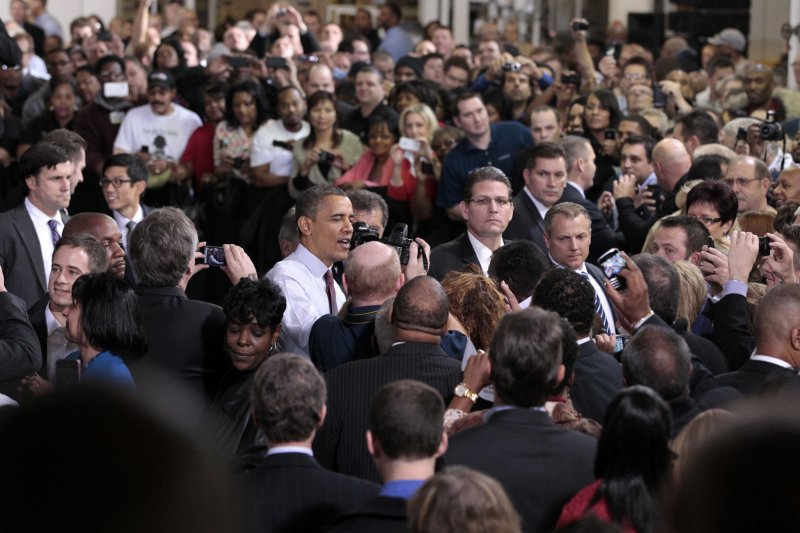WASHINGTON, Oct. 7 (UPI) -- The U.S. population grew by only .71 percent in the year ending July 1, the slowest rate since 1937 during the Depression, the Census Bureau says.
The bureau predicted a similar rate of growth for the calendar year. Demographers estimated the country will have 317,297,938 residents on Jan. 1, 2015, up 2,218,622 or 0.7 percent for the year.















